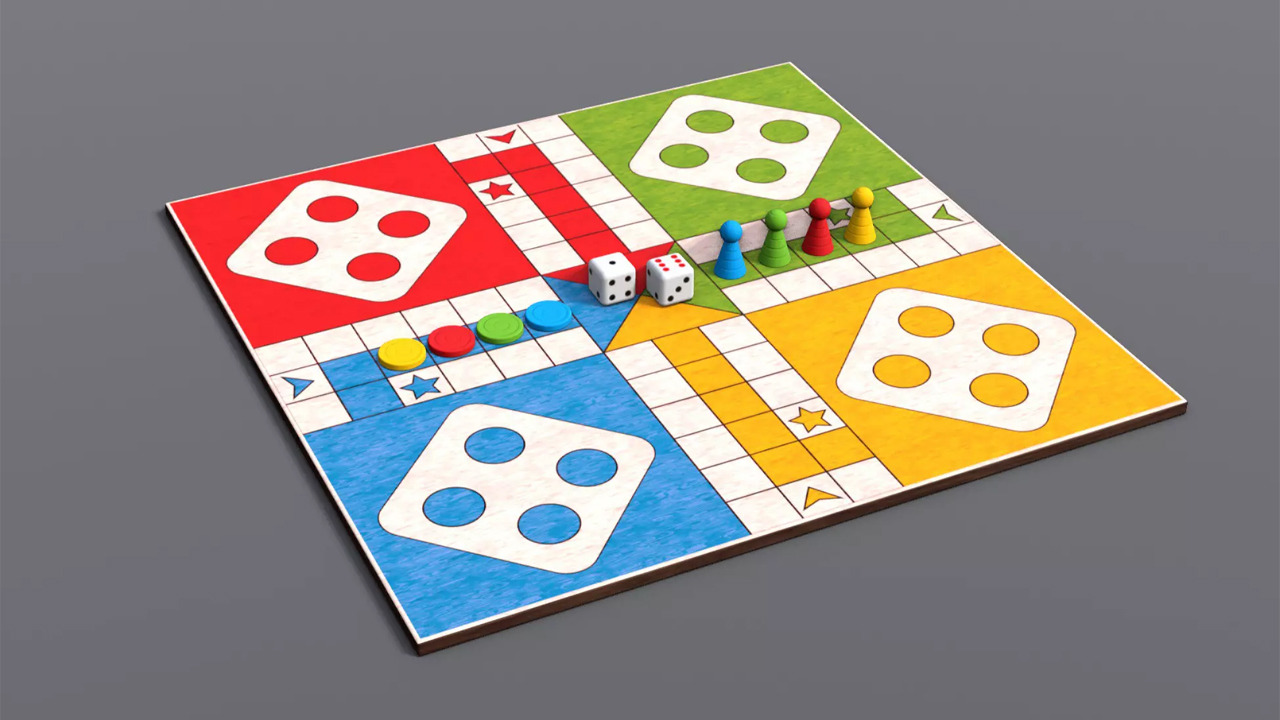Creating a Ludo Game in Unity

Unity, a powerful game development engine, provides an excellent platform to build a variety of games, including the classic Ludo game. In this guide, we'll explore what a Ludo game is, where to get assets for the game, and provide both code examples and the theory behind the game's implementation.
What is Ludo?
Ludo is a classic strategy board game that originated in India. The game involves four players, each with four tokens, racing to move their tokens from the starting area to the center of the board. Players use a die to determine how many spaces their tokens can move on each turn, and the first player to get all their tokens to the center wins.
Getting Assets for Your Ludo Game
Before diving into the coding, you'll need some assets to bring your Ludo game to life. There are various online resources where you can find free or paid assets, including:
- Unity Asset Store: Unity's official store is a treasure trove of game assets. Search for "Ludo" or related terms to find suitable game boards, tokens, and other elements.
- Open Game Art: Open Game Art (opengameart.org) is a community-driven platform offering free game assets. Look for Ludo-themed assets that match your vision.
- Kenney.nl: Kenney.nl provides a vast collection of free game assets, including board game pieces and textures that can be used for your Ludo game.
Code Example and Theory
- Game Board Setup: In Unity, create a game board by arranging squares in a cross pattern. Assign unique identifiers to each square to represent the player's path.
- Player Tokens: Use 3D models or sprites as player tokens. Implement logic to handle movement based on dice rolls and update the token positions accordingly.
- Dice Rolling: Create a dice object that generates a random number when clicked or tapped. Use the generated number to determine the number of spaces a player can move.
- Game Rules: Implement the rules of Ludo, including the ability to capture opponents' tokens, enter tokens into the game, and reach the center to win.
Here's a simplified example of Unity C# code for handling dice rolling:
public class Dice : MonoBehaviour
{
public Text resultText;
public void RollDice()
{
int result = Random.Range(1, 7); // Generate a random number between 1 and 6
resultText.text = "Result: " + result;
}
}- Multiplayer Support: Implement multiplayer functionality by allowing each player to take turns based on the dice result. Use networking features if you want to enable online multiplayer.
- Graphics and Animation: Enhance the visual appeal of your game by incorporating animations for dice rolls, token movements, and capturing opponent tokens.
Conclusion
Creating a Ludo game in Unity is a rewarding project that combines game development skills with classic board game mechanics. By understanding the game's rules, obtaining suitable assets, and implementing the necessary code, you can bring the joy of Ludo to players on various platforms. Remember to continuously test and iterate on your game to ensure a smooth and enjoyable gaming experience.